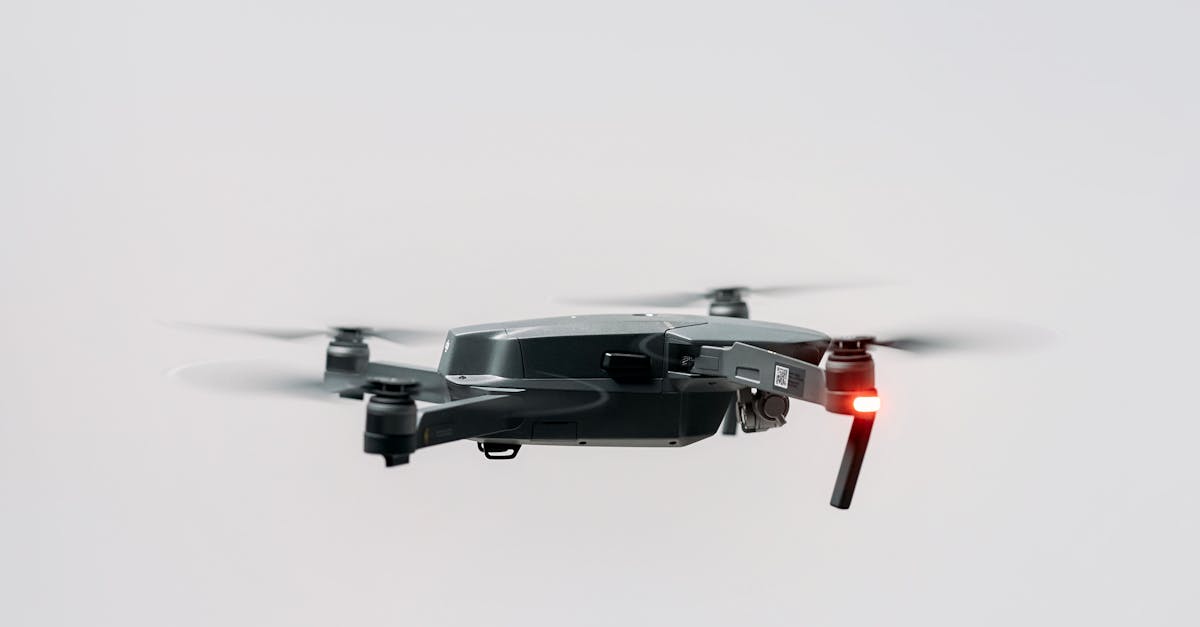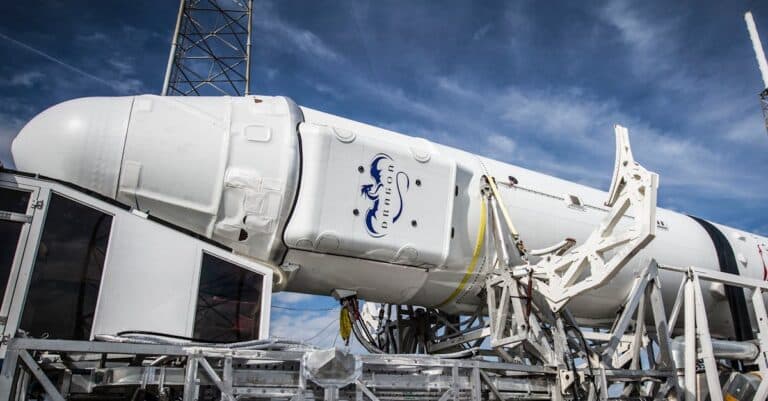L’UACV (Unmanned Aerial Combat Vehicle) represents a revolution in the way modern air operations take place. True allies of the armed forces, these combat drones autonomous or remotely piloted integrate advanced technologies allowing complex missions to be executed while minimizing risks for pilots. UACVs have a stealth capability increased resistance to enemy defense systems and sophisticated coordination within future air combat systems. Their role in contemporary conflicts is expanding, establishing themselves as essential strategic assets. Through their flexibility and adaptability, UACVs embody the future of aerial combat, transforming traditional battlefield dynamics.
THE UAVs (Unmanned Aerial Vehicles), Or drones in French, evolve towards what we call UACV (Unmanned Combat Aerial Vehicles). These unmanned aircraft are designed specifically for combat engagements. Their unmanned nature allows new dimensions to be explored in flight operations, reducing risks for personnel. Therefore, UACVs are becoming an essential element in modern defense strategies.
One of the main characteristics of UACVs is their ability to operate autonomously. With the integration of artificial intelligence, these drones can carry out complex missions without human intervention. Their autonomy allows them to adapt in real time to combat conditions, which makes them particularly effective in hostile environments where the presence of a pilot could be put in danger.
UACVs are also designed to operate in cooperation with other systems, human or machine. Using advanced communications networks, they can exchange information and coordinate their actions with other aircraft and ground units. This interconnection promotes an integrated approach to air combat, where the capabilities of the human operator and those of the UACVs complement each other.
There stealth is another key feature of UACVs. Their designs are optimized to reduce their radar signature, allowing them to infiltrate high-risk areas without being detected. By integrating advanced composite technologies and aerodynamic shapes, these devices can avoid adversary detection systems while maintaining operational efficiency.
A fundamental aspect that defines UACVs is their ranged attack ability. Thanks to varied weapon systems, they can engage ground or aerial targets without the need for immediate return. This changes the dynamic of air combat, allowing precise strikes at ranges where risk to pilots is minimized.
Additionally, UACVs can be deployed in missions of acknowledgement and of monitoring, thus providing real-time intelligence without compromising the safety of human crews. By collecting data on the ground, they provide essential strategic insight for planning military operations.
There profitability is a determining factor in the evolution of UACVs. Their use helps reduce operational costs while maximizing performance. Compared to traditional fighter aircraft, UACVs require less maintenance and can be deployed with increased flexibility. This makes them attractive to military budgets, which are often subject to restrictions.
In short, UACVs represent a revolution in the field of aerial combat. Thanks to their unique combination of autonomy, stealth, stand-off attack capability and cost-effectiveness, they redefine the operational capabilities of the armed forces. UACVs are not simply advanced tools, but the pioneers of a new paradigm in how to conduct aerial combat safely and effectively.
























